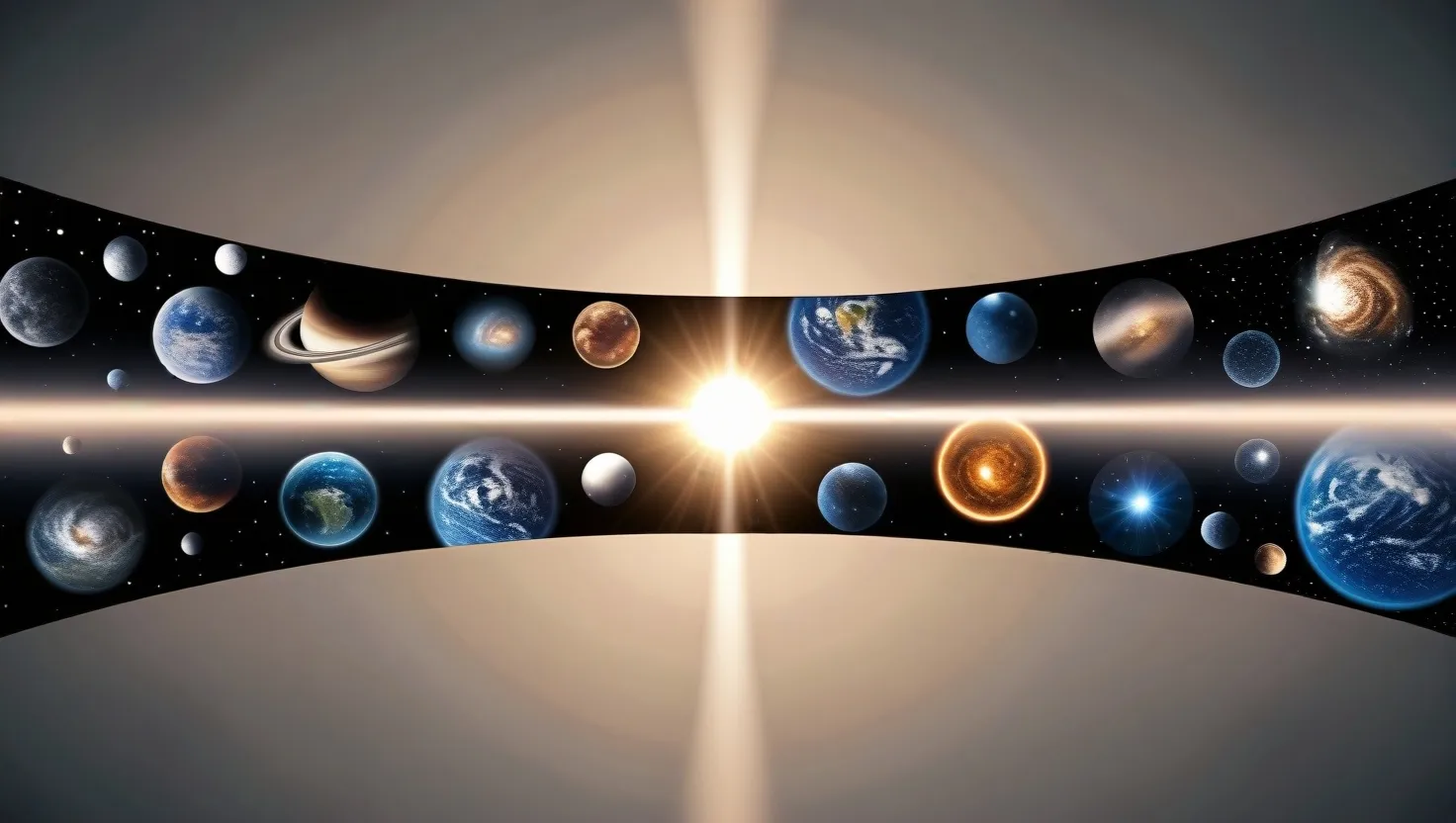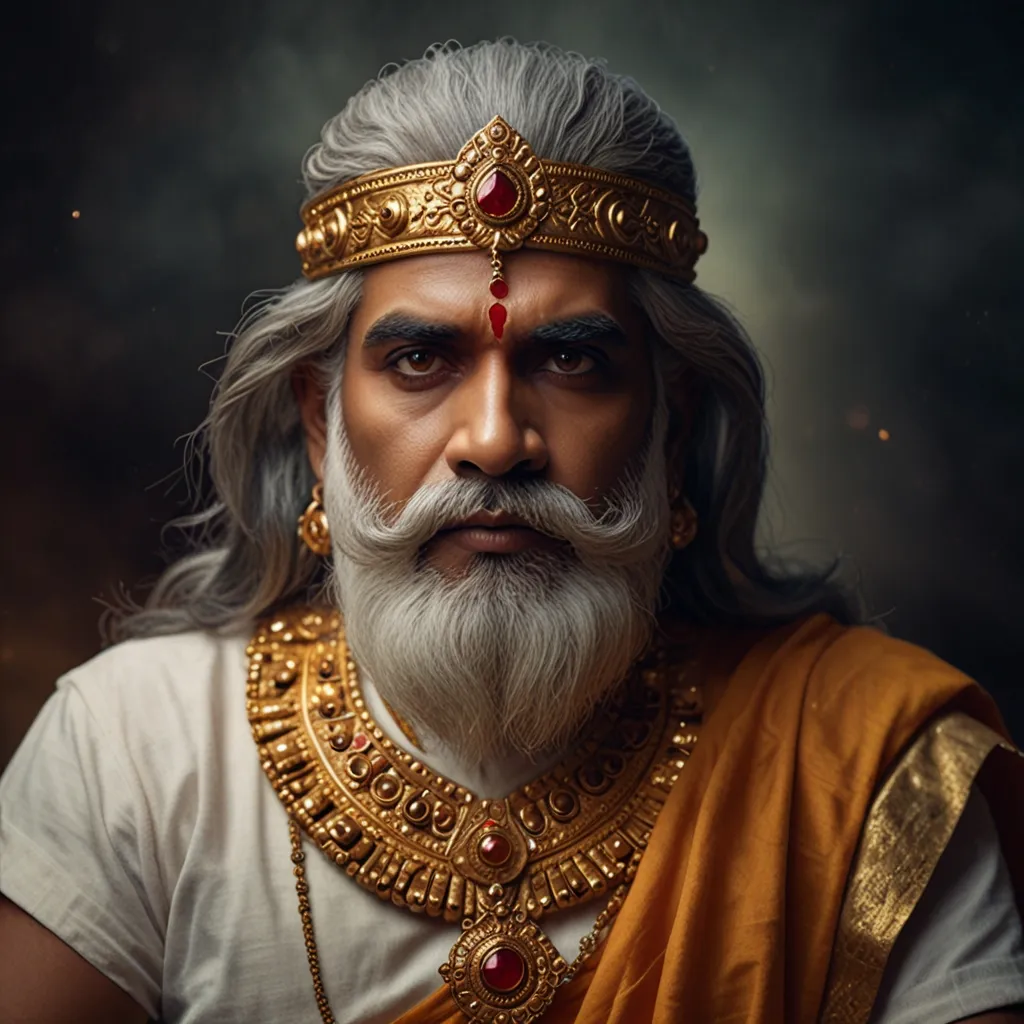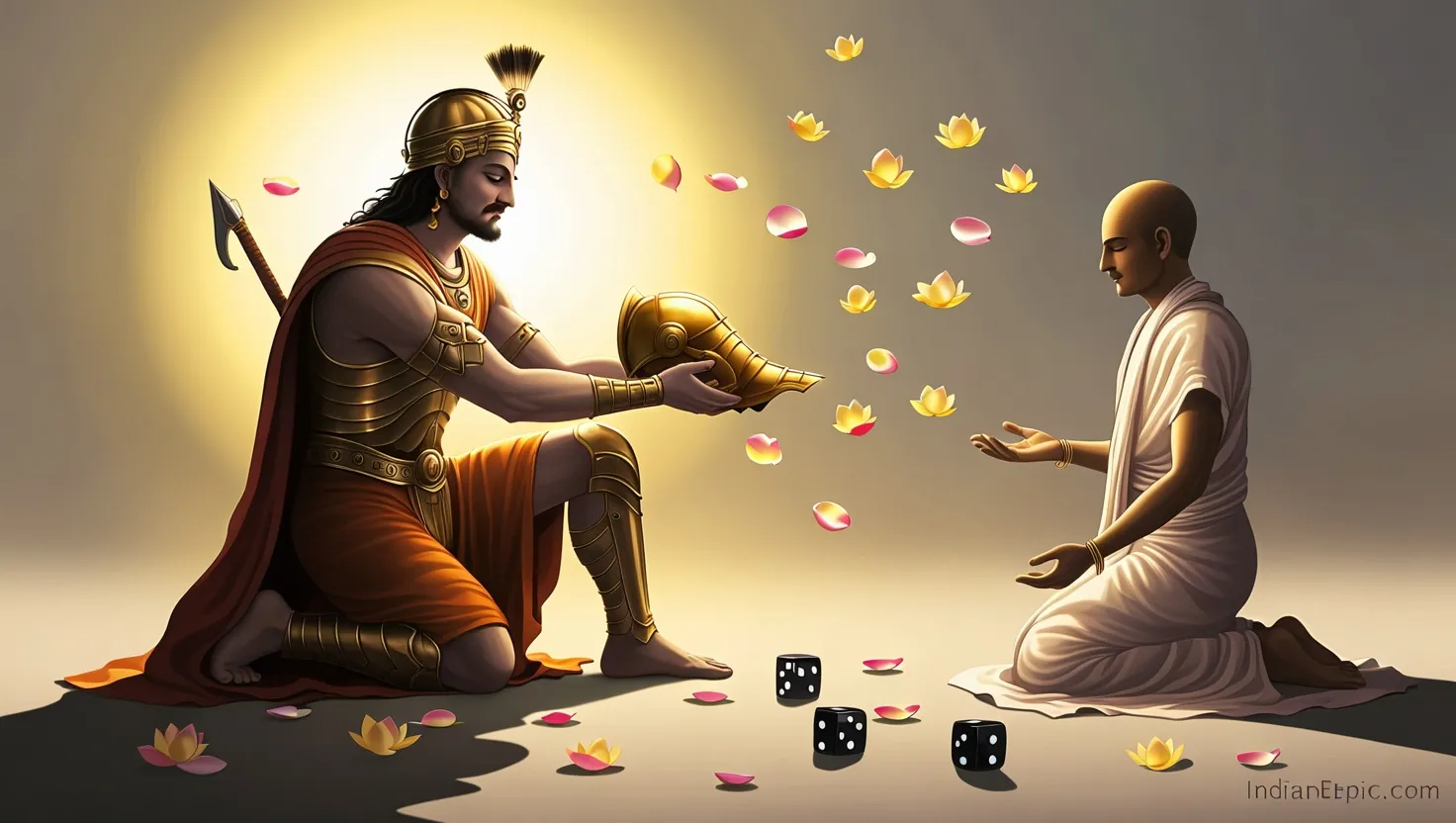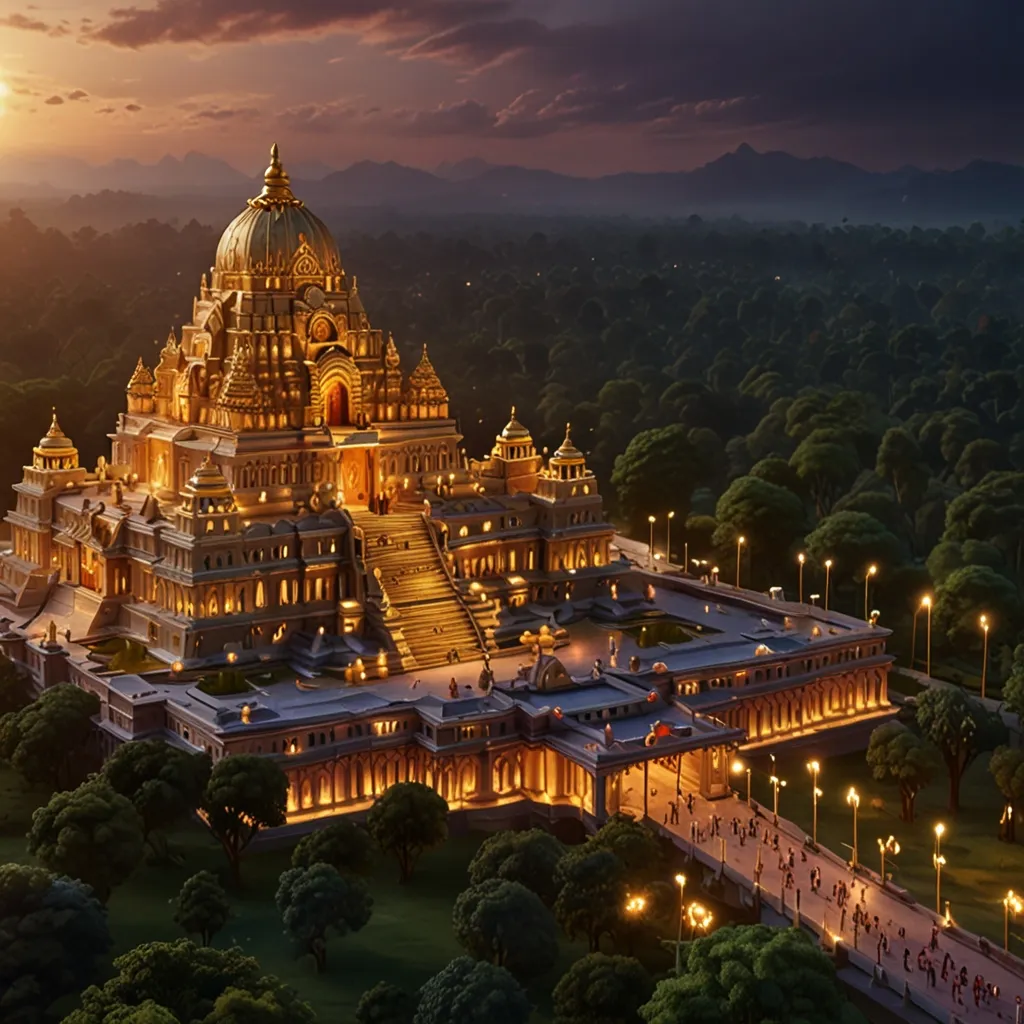In the vast and intricate landscape of Advaita Vedanta, there exists a concept that offers a unique and profound perspective on the nature of reality: Pratibindu, or the theory of reflection. This idea, rooted in the ancient texts and expanded upon by Advaitic thinkers, uses the metaphor of a mirror to illuminate the complex relationship between the absolute and the apparent world.
Imagine a mirror, pristine and unblemished, reflecting the world around it with perfect clarity. In Advaita Vedanta, this mirror is likened to Brahman, the ultimate, unchanging reality. The world we experience, with all its diversity and multiplicity, is seen as a reflection in this cosmic mirror. This analogy is not just a poetic device but a deep philosophical insight that helps bridge the gap between unity and diversity.
According to the Pratibimbavada theory, credited to Padmapada, the founder of the Vivarna School of Advaita Vedanta, the individual self, or jiva, is a mere reflection of Brahman. Just as a reflection in a mirror is not separate from the mirror itself, the jiva is not distinct from Brahman but an expression or manifestation of it. This reflection is not just a passive image; it is imbued with the essence of Brahman, making it non-different from the ultimate reality.
This concept challenges our conventional understanding of identity and existence. We often perceive ourselves as separate entities, distinct from the world around us. However, the theory of reflection suggests that this perception is an illusion, a result of ignorance or avidya. The jiva, in its true nature, is not a separate entity but a reflection of the unchanging, infinite Brahman.
The metaphor of the mirror also helps us understand the concept of maya, or illusion, in a new light. Maya is not just a veil that obscures our true nature but a creative power of Brahman that projects the world as we experience it. Just as a mirror reflects the world without altering its fundamental nature, maya reflects Brahman without changing its essence. This reflection, however, is subject to the limitations and distortions of our perception, leading to the illusion of a separate, changing world.
The theory of reflection is deeply rooted in the Upanishads and the Brahma Sutra, key texts of Advaita Vedanta. The famous statement “tat tvam asi” (that thou art) from the Chandogya Upanishad underscores this idea. It implies that the individual self is not different from the ultimate reality, just as the reflection is not different from the mirror. This realization is central to achieving moksha, or liberation from the cycle of birth and death.
In practical terms, understanding Pratibindu can guide us in our self-inquiry and spiritual growth. It encourages us to look beyond the surface level of our experiences and perceptions. When we see the world as a reflection of Brahman, we begin to realize that our individual struggles and sufferings are part of a larger, undivided reality. This perspective can bring a sense of unity and interconnectedness, helping us transcend the limitations of our ego and the illusion of separateness.
The guru-disciple relationship in Advaita Vedanta also plays a crucial role in understanding and realizing the concept of Pratibindu. A qualified guru can guide the seeker through the complexities of this theory, helping them to see beyond the apparent world and realize their true identity as Brahman. This guidance is not about imparting knowledge but about facilitating a direct experience of the non-dual nature of reality.
Critics of Advaita Vedanta often argue that the philosophy lacks empirical evidence and relies too heavily on subjective experience. However, the theory of reflection offers a unique epistemological approach. It suggests that self-inquiry, or atma-vichara, is a scientific process in itself. By questioning the nature of the self and investigating the source of our true identity, we can gather evidence that confirms or denies the hypothesis of non-duality. This process is not about proving a theory but about experiencing the truth directly.
The Pratibimbavada theory also engages with other schools of thought within Advaita Vedanta, such as the Avacchedavada theory of limitation. While Avacchedavada posits that the individual self is a limited aspect of Brahman, Pratibimbavada sees the jiva as a reflection of Brahman, emphasizing the non-dual nature of existence. Both theories, however, acknowledge the role of ignorance in creating the illusion of separateness.
In our daily lives, the concept of Pratibindu can offer practical wisdom. When we face challenges or feel disconnected from the world, remembering that we are reflections of the ultimate reality can bring a sense of peace and unity. It encourages us to see beyond the immediate problems and to understand that our experiences are part of a larger, interconnected whole.
As we delve deeper into the concept of Pratibindu, we find that it is not just a philosophical idea but a way of living. It invites us to see the world with fresh eyes, to recognize the divine in every reflection, and to understand that our true nature is not separate from the ultimate reality. This journey of self-discovery and realization is at the heart of Advaita Vedanta, and the theory of reflection offers a powerful tool for navigating this path.
In conclusion, the concept of Pratibindu in Advaita Vedanta provides a profound and subtle perspective on the nature of reality. By seeing the world as a reflection in the cosmic mirror of Brahman, we can bridge the gap between unity and diversity, understand the illusion of separateness, and realize our true identity as part of the ultimate reality. This journey, guided by ancient seers and expanded by Advaitic thinkers, offers not just philosophical insights but practical wisdom for our spiritual growth and self-realization. Whether you are a student of Vedanta, a seeker of truth, or simply curious about different approaches to understanding existence, the theory of reflection promises to cast new and profound reflections on your quest for wisdom.






